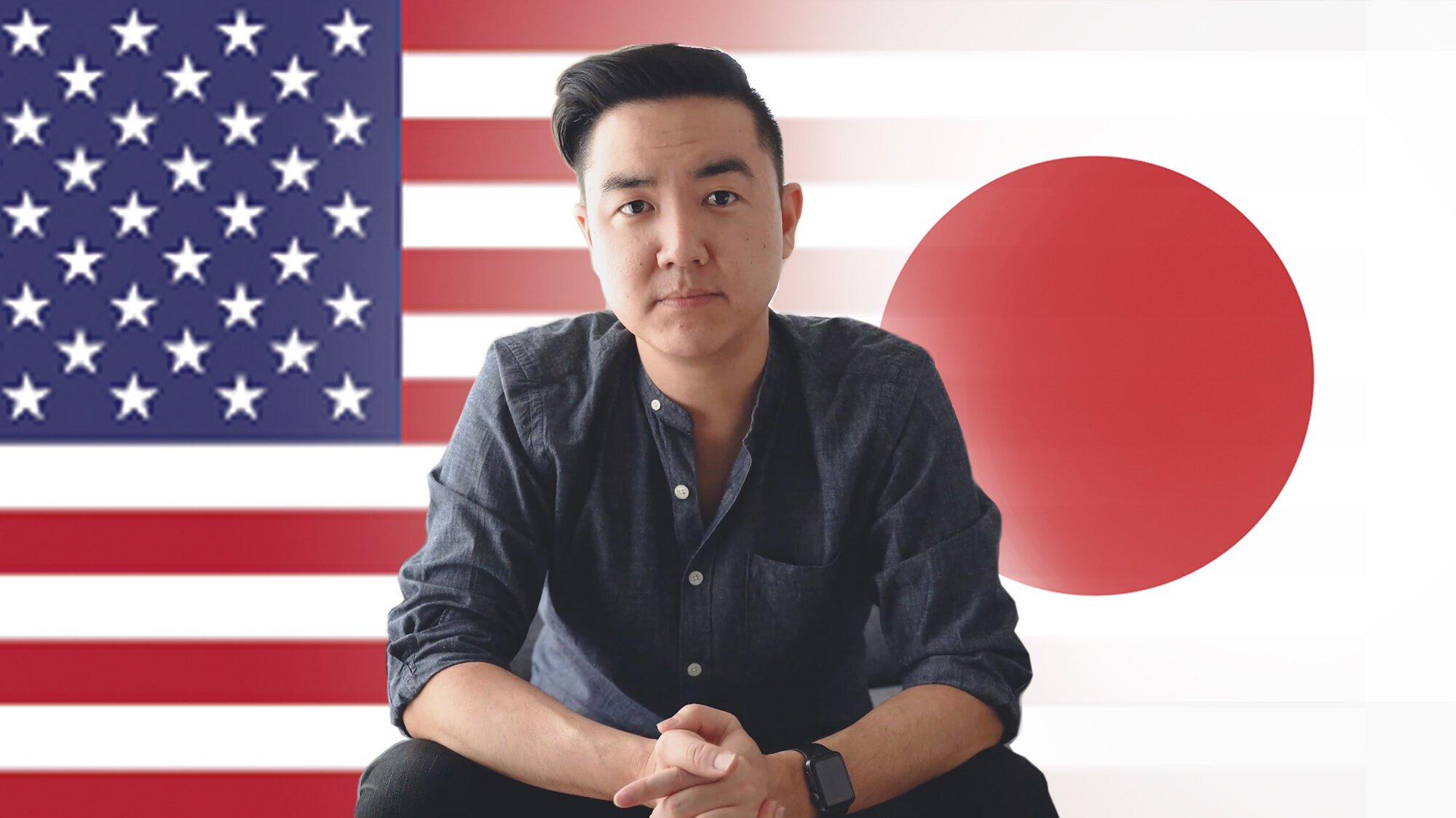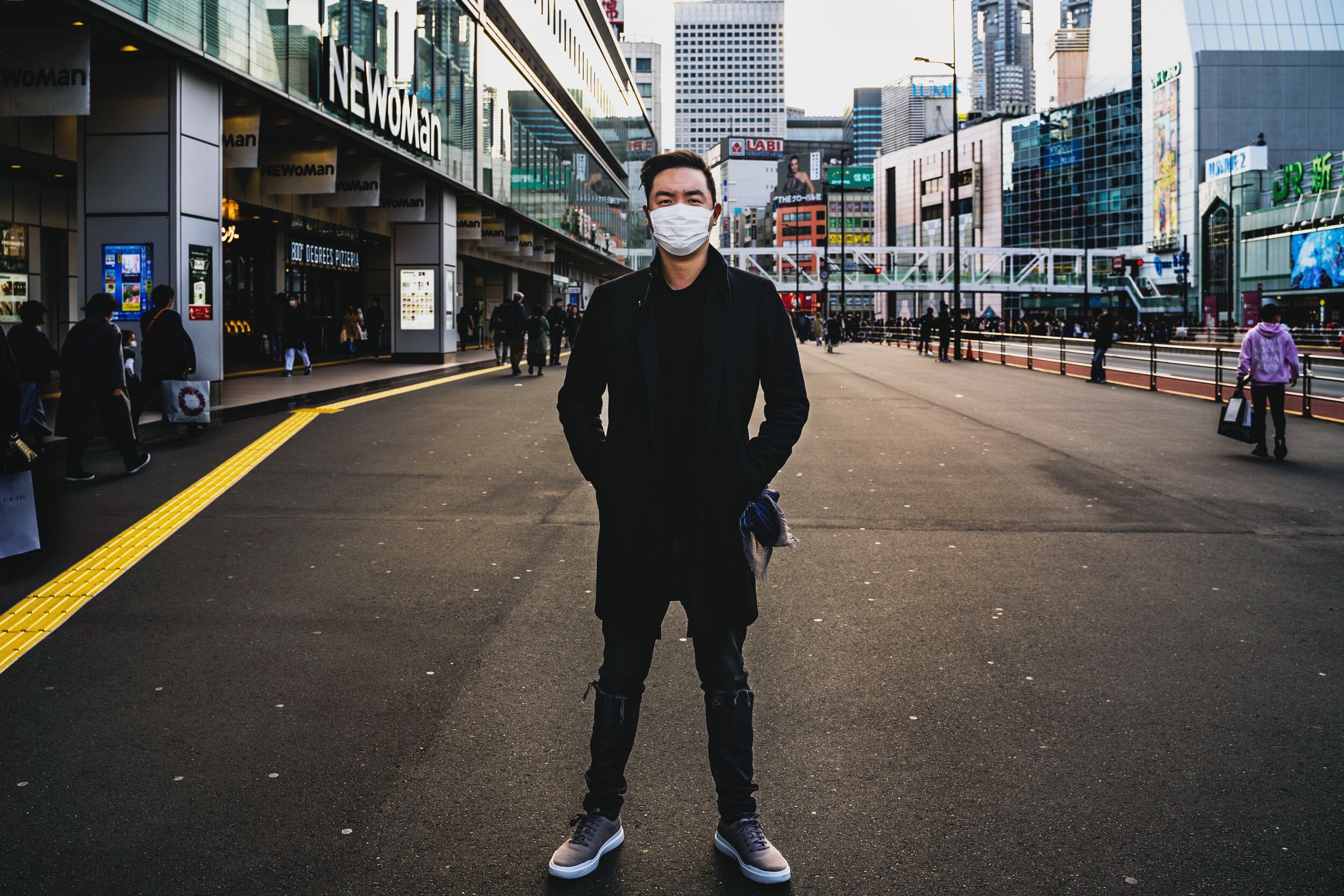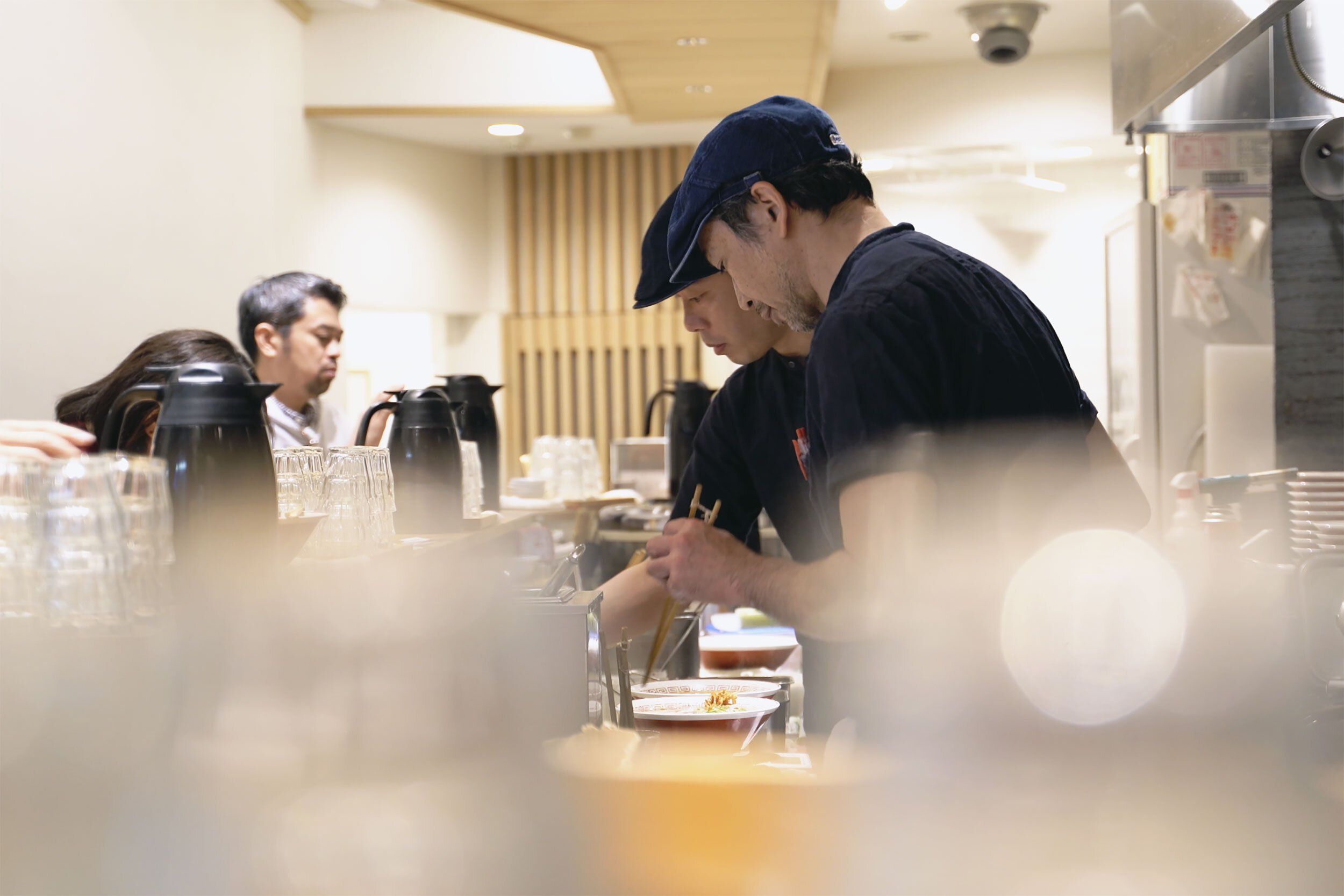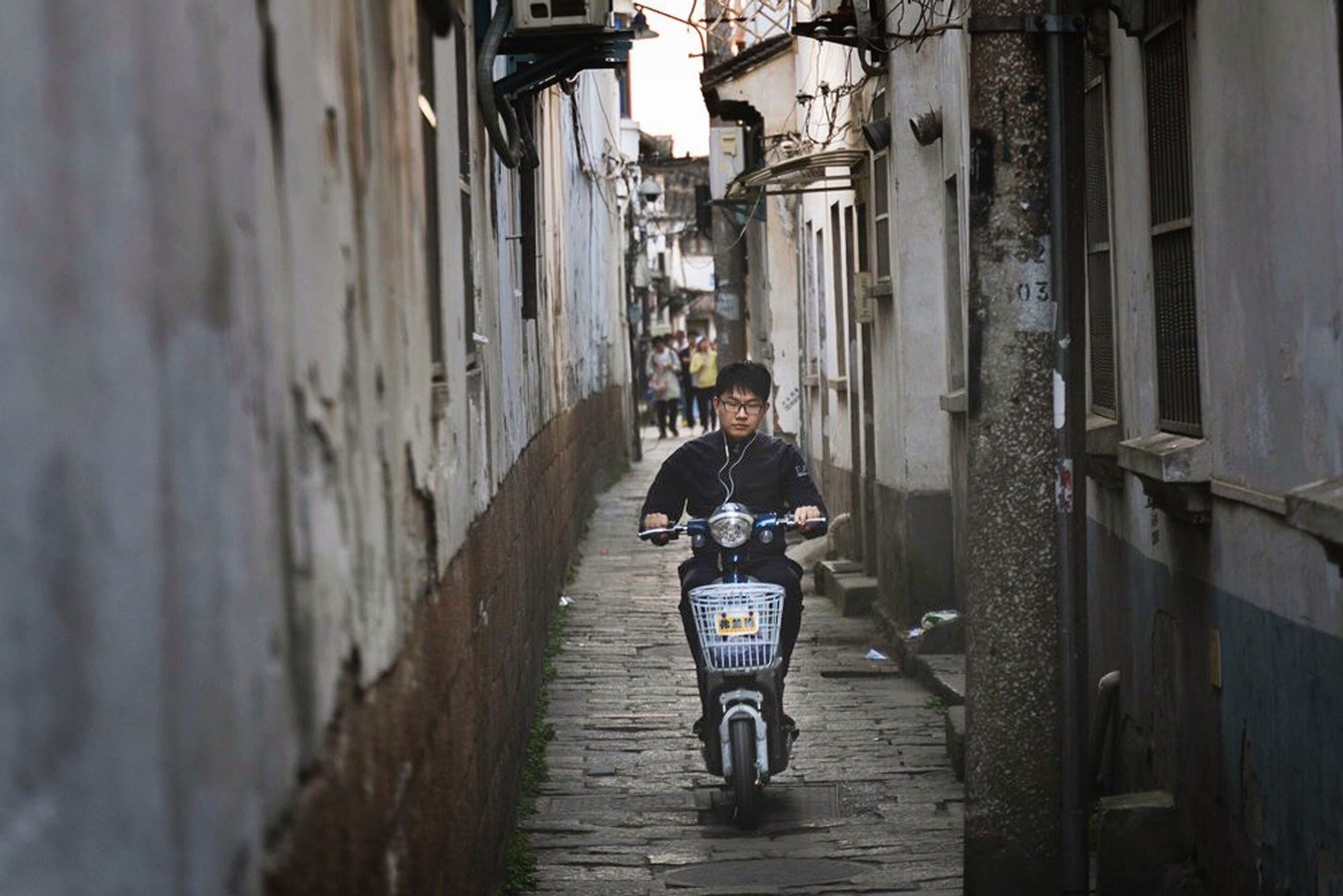Living in Japan as a Japanese-American
My experience living in Japan as a Japanese-American, both in the countryside and in the city.
Working in Japan Can Be Lonely
Due to language, cultural and mindset barriers, working at a Japanese company as a foreigner can be unintentionally lonely at times.
The Professionals Using TikTok to Grow
Opportunities arise when there’s awareness of a business, and lawyers, medical professionals and others are using TikTok to grow their awareness.
How Brands in Japan are Responding to COVID-19
What some brands and celebrities in Japan are doing in reaction to COVID-19/Coronavirus.
Working From Home in Tokyo
A look at working from home in Tokyo, as the city is now in a quasi-lockdown and tries to reduce person-to-person contact by 70%.
A Snowy Spring Day in Tokyo
Photographing the streets of Setagaya, Tokyo on a snowy, spring day.
How Hawaii Brands are Responding to COVID-19
A list of Hawaii brands taking admirable actions to help the local community during the COVID-19 pandemic.
Japanese Celebrities to YouTube Stars: Haruna Kawaguchi
Haruna Kawaguchi is the latest Japanese celebrity to become a YouTuber.
Honolulu Street Walks
Taking my camera around the Kakaako, Kaimuki and Downtown areas of Honolulu, Hawaii.
Friends' Wedding in Hawaii
Seeing friends Ryan and Kathy get married in Honolulu at the Nutridge Estate.
Life in Tokyo During the Coronavirus Pandemic
How it’s like living and working in Tokyo during the COVID-19 / Coronavirus pandemic.
Typical Workday Lunch Costs in Tokyo
What my typical lunches on Tokyo workdays are like and how much they cost.
Why Japan Has Strange English Ads
Why big companies in Japan use strange English in their ads - My thoughts after working in a Japanese marketing agency
Japanese Consumers and Media Attention in 2020
About Japanese consumer attention in media in 2020, what channels they use, where they shop, and how they pay.
What New Years in Japan is Like
Spending the full New Year’s holiday in Tokyo for an authentic Japanese New Year’s experience.
Suzhou Alleys and Canals
One day of exploring the photogenic streets, alleys and canals of Suzhou.
Hanazono Shrine Torinoichi Festival
Shooting around Hanazono Shrine’s Torinoichi Festival in November 2019.
Instagram in Japan in 2019
All about Instagram use in Japan in 2019. Information from the Instagram Day Tokyo 2019 event.



















